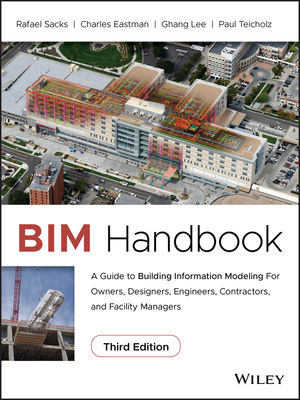Details Emerge on First Industry Standard for Lift Planning

It may be hard to believe, but no industry standard or regulation exists for how to plan a lift. Whether crews are using a 10-ton crane to pick up pipe or a 1,000-ton rig to hoist a pressure vessel, contractors mainly figure out how to do it safely with no industry input. An ASME P30 document could change all that.
The mechanical engineering group's P30 standard document aims to improve safety. "The better a job is planned, the better you are in executing that job," says James Yates, senior vice president of engineering at Barnhart Crane & Rigging, Memphis, Tenn., and a P30 member. "We've seen so many high-level accidents over the last 10 years. Anything that we can do to raise national awareness in how to do these things better is warranted."
Unlike other crane standards, ASME P30 focuses on process rather than equipment. According to P30 committee members, lifting devices are generically labeled as "load-handling equipment," and they include cranes, gantries, jacks, rigging, forklifts, excavators—really, any device that could be used to perform a lift.
Run-of-the-mill lifts will be covered in P30, but the new standard promises to bring clarity to the so-called critical lift. The term comes up in other documents, but it isn't well defined. You aren't likely to find a clear-cut answer in ASME P30, either, but the standard will walk users through a list of jobsite factors to help them decide what is critical and what requires more detailed planning. Detailed planning may include drawings, qualification reviews and other risk mitigation.
In effect, a lift plan can be as simple as "writing in the dust on the back of a Pontiac" or as complex as "a 300-page document," says Mike Parnell, president of Industrial Training International, Woodland, Wash., and P30 chairman. Helping users decide how far to go "will be a very large consideration list that hasn't been published in one place before," he says.
Planning lifts pays off. According to a study published last month by the Massachusetts Institute of Technology, planning was a factor in nearly half the accidents reviewed from 75 case files at Dallas-based forensic consultant Haag Engineering, which has investigated over 700 cases. Worker contact was the most frequently cited cause, with planning and crane operation tied for second.
It is axiomatic that since every crane lift is unique, the further a lift departs from "experience", the more vital understanding becomes. Understanding, theory and "experience" should ...
The crane standard defines the "center of gravity " thus:
"The center of gravity of any object is the point in the object around which its weight is evenly distributed. If you could put a support under that point, you could balance the object on that support"
Compare this definition with that given in 1675 by Nathan Bailey.
Center (of gravity), is a point upon which, if a body were suspended, all its parts would be in EQUILIBRIA.
The 1675 definition is clearly superior. Although impossible to prove, it is not beyond reason that those involved in lifting operations in 1675 had in general a better understanding and "feel" for the concept of "the center of gravity" because they had to rely more on "seat of the pants" operations and today crane operators are increasingly insulated from it. Hence the vital need to give crane operators more abstract theoretical knowledge-more understanding of what they are doing.



